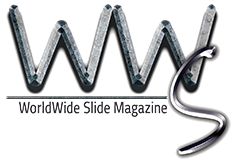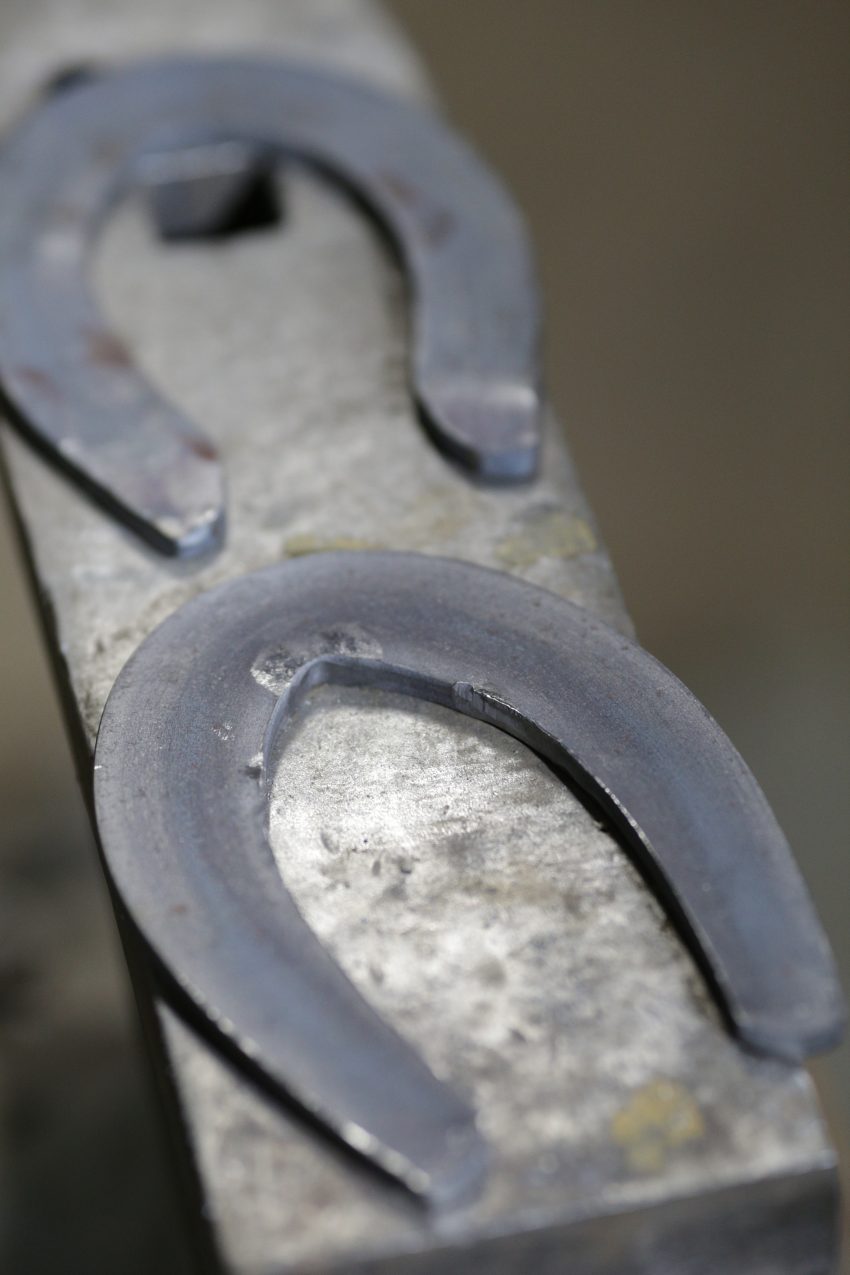The saddle is specifically built to enhance the rider’s ability to communicate with and feel the horse while staying in an ideal position to ask for and execute the maneuvers in a pattern. It is often adorned with silver plates and decorative tooling to present well to the judges.
The bridle, also decorative, enhances communication with the horse while improving the overall appearance of the horse and rider team while showing. The saddle pad cushions the horse’s back from the saddle and weight of the rider, while the saddle blanket also adds to the team’s appearance. The rider’s silver spurs allow a softer more subtle touch on the horse’s sides. These are the tools of reining, and most riders enjoy shopping for them.
One very important, but rarely seen, tool of the trade, however, is the slide plate. Worn on the horse’s hind hooves, slide plates are often wider and longer, and certainly smoother than a normal horseshoe. Without them, reining horses couldn’t perform the trademark, 30-foot sliding stops that wow spectators
at events.
Besides helping to increase the length of the slide, these plates also reduce stress on the horse’s joints while executing the maneuver. Instead of its hooves sticking in the ground when it goes into the stop, causing the impact to travel up to the hocks and stifles when stopping, slide plates allow the horse to slide across the ground making stopping easier for the equine athlete and more impressive to viewers.
Today’s riders couldn’t imagine entering the show pen without a well-fitted set of slide plates, but this wasn’t always the case.
The Origins of the Slide Plate
Slide plates first began appearing in the late ‘60s. Prior to that, farriers had experimented with putting a regular stock shoe that was smooth on upside down and filing the nails down smooth.
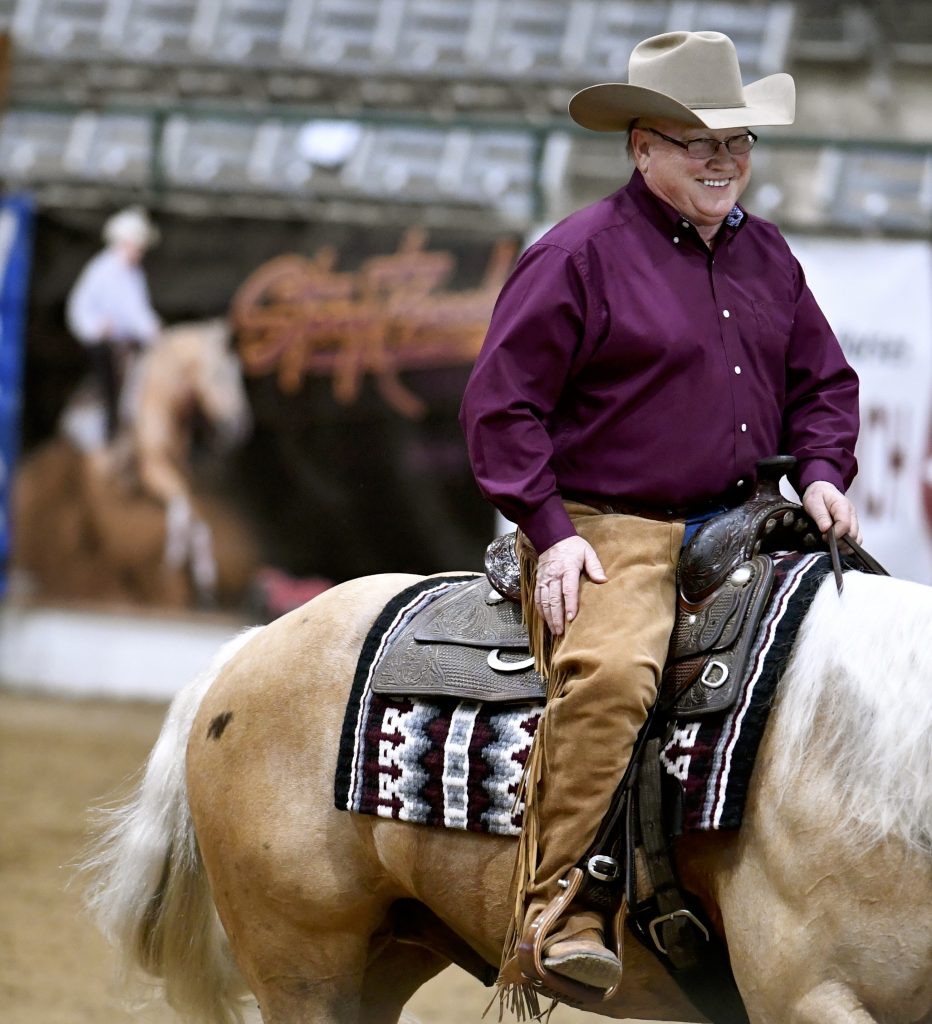
NRHA Hall of Fame member Tim McQuay saw his share of farriers and worked as one himself for a time. He said, “Reining probably started before I was even born. Back then, they were all ranch horses and things like that, and cowboys would say, ‘I can do this, and I can do that, and I can stop.’ Well, they didn’t
have any idea what a slide plate was, I’m sure.”
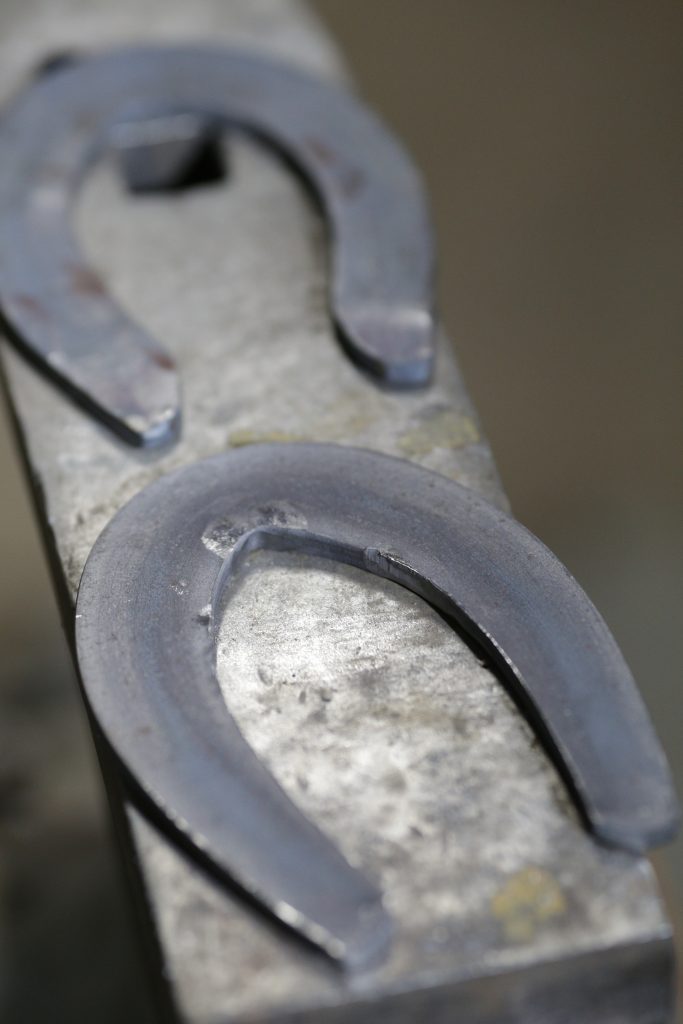
While Gene Brandner, longtime farrier for C.T. Fuller of Willow Brook Farm in Lehigh Valley, Pennsylvania, is often credited with developing the first slide plates, he gives the credit to Roland Bone from the Chicago area and Bud Beeston from Skiatook, Okla. “There was a shoer who worked out in Illinois. [Bone] actually came up with the game plan, and Bob [Anthony] and Mr. Fuller flew him in here. He was doing a couple of reining horses out there by Chicago, and he gave me the idea,” Brandner admitted in an interview with Cord McCoy’s The Ride. “Then Bob went down to Bud Beeston, where he was at Morgan Freeman’s – who owned Blondys Dude at the time – to get a horse shod. Bud sent me a couple notes on how to improve the sliding plates. I followed his recommendation. So, actually, it wasn’t directly me that developed it, It was Roland Bone. Bud Beeston and I just capitalized on it by refining it a little more.”
Early farriers began with a blank and had to spin their own slide plates and hand punch holes for the nails to go through. Modern farriers, like Phillip Chamberlain, are still hand turning and punching holes most of the time, even though pre-punched slide plates are now being manufactured on a commercial scale for farriers.
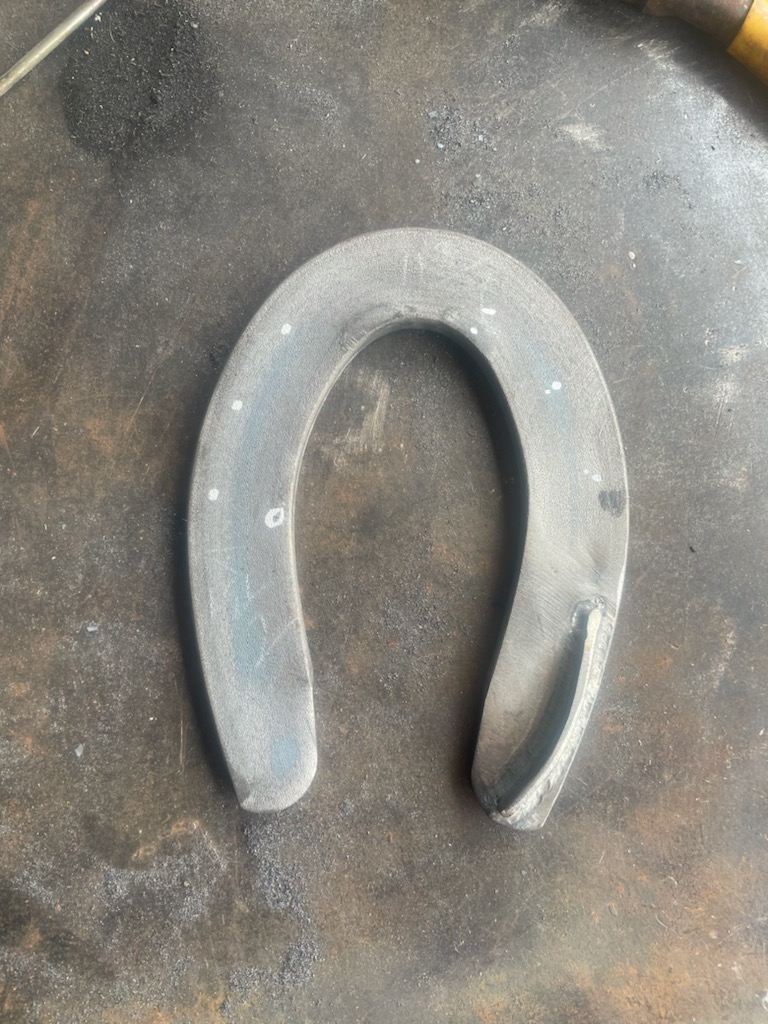
“The reason that I punch a lot of the blanks myself is because, sometimes, I’ll punch the outside holes, like the average shoe is punched, but then, I may come in and punch it deep at the inside toe in order to fit the inside toe more fully,” he explained as he used a sharpie to indicate the holes on a blank.
The end result was a shoe that looked like the toe and heels would be turned the wrong way, but once fitted on the horse, it would help the horse’s joints line up better in its maneuvers and correct imbalances created by conformation flaws. “We won’t try to unbalance a foot by tilting the foot with a trim. That causes undue strain on them. Like I explain to my customers, we’ll trim the horse to keep it strong and sound, and we’ll make the shoe do all the rest, and this is one of the ways I do that.”
Slide Plates Today
Today there are a variety of slide plates with several customizable options. Chamberlain explained, “It has to coincide with conformation because what we do for a straight-legged or bow-legged horse is totally
different from what we would do with a cow-hocked horse, which is more common. If I tried to do the same thing, it could really cripple one.”

McQuay echoed Chamberlain’s nods to conformation with his own. He said, “Probably the toughest thing for any farrier is the ones who want to spread. We’d use a bar down the inside of the slide to kind of hold the inside more. If they are too narrow, put it on the other side or we’d bend a fin on them to help hold them in if they spread too much. You try everything. You roll the toe on one side or the other depending on if they are spreading or they’re too narrow. There is a lot to it. Stronger stopping horses can stop on a one-inch plate so easy that sometimes, I’ll even go to a 7/8” and things like that,” McQuay said.
“Those fins, as McQuay was saying, if you have a horse that spreads, you’d have them on the inside, if you have one that got too narrow, you’d have it on the outside,” Chamberlain noted. “The first slide plates on two-year-olds might be ¾” or 7/8” wide, then it will be adjusted to the shoe it needs as it matures and develops its own style,” Chamberlain shared. “If they need more help to reach out and get deeper in the stop, then we might swap them to a more toe-weighted shoe that will be an inch to an inch and a quarter in the toe and then taper back at the heel. Sometimes, we’ll even go to an inch and a half in the toe for some of the greener riders who don’t really know how to get the horse to really strive, where they need more help than the horse does.”

Chamberlain mentioned that the shoes haven’t really changed much in the 32 years that he has been shoeing reining horses, but the style of trims and the science of application has. He said, “The number one thing about keeping these horses sound is the trim. In the past, they left a really long toe and low
angle and it’s just so hard on them in so many ways. They did that in order to lengthen the stride to help in the initiation of the stop, but it strings them out behind, and kind of makes them trashy movers.
“Ninety-five percent of what these horses do is loping circles to stay fit. The only time a low angle is any benefit to them is once he’s already in the stop, not going up to the stop, but once he’s already in it. Then, those low angles are okay, but for everything else, they are bad. Bad for the lead change. The lower the angle, the longer the toe, and the more the horse has to elevate to change. There is more risk of them swapping leads in a large fast circle by slipping because of the strain and fatigue it puts on the hocks and stifles.”
Chamberlain, an NRHA lifetime Non Pro member, credits his early days of training his own horses for his current understanding of reining horses in the show pen. “I could experiment and learn what I could and couldn’t do to help these horses,” he explained. “I thought it was important not to try to be better than the other farriers but to be better than what I could have been if I never learned to feel what the difference was.”
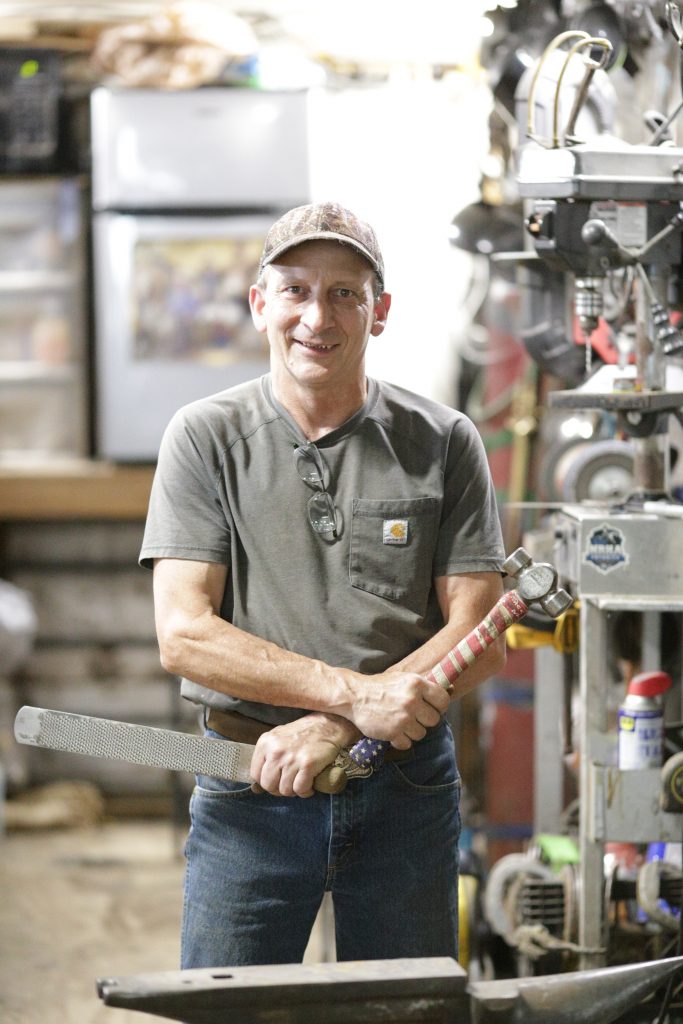
Will slide plates continue to develop? “I don’t think they’ll ever stop,” Chamberlain stated. “Because the quality of the horses keeps getting more and more intense. They’re just getting incredible.”
Phillip Chamberlain is originally from Ohio where he worked with draft horses. Like many others, Chamberlain became enchanted with reining horses at his first introduction which led him to seek out the densest reining population that he could find taking him to Lexington, Okla., where he currently lives. Among others, he has been named official farrier for the world’s top three events: NRHA Futurity, NRHA Derby, and National Reining Breeders Classic.
